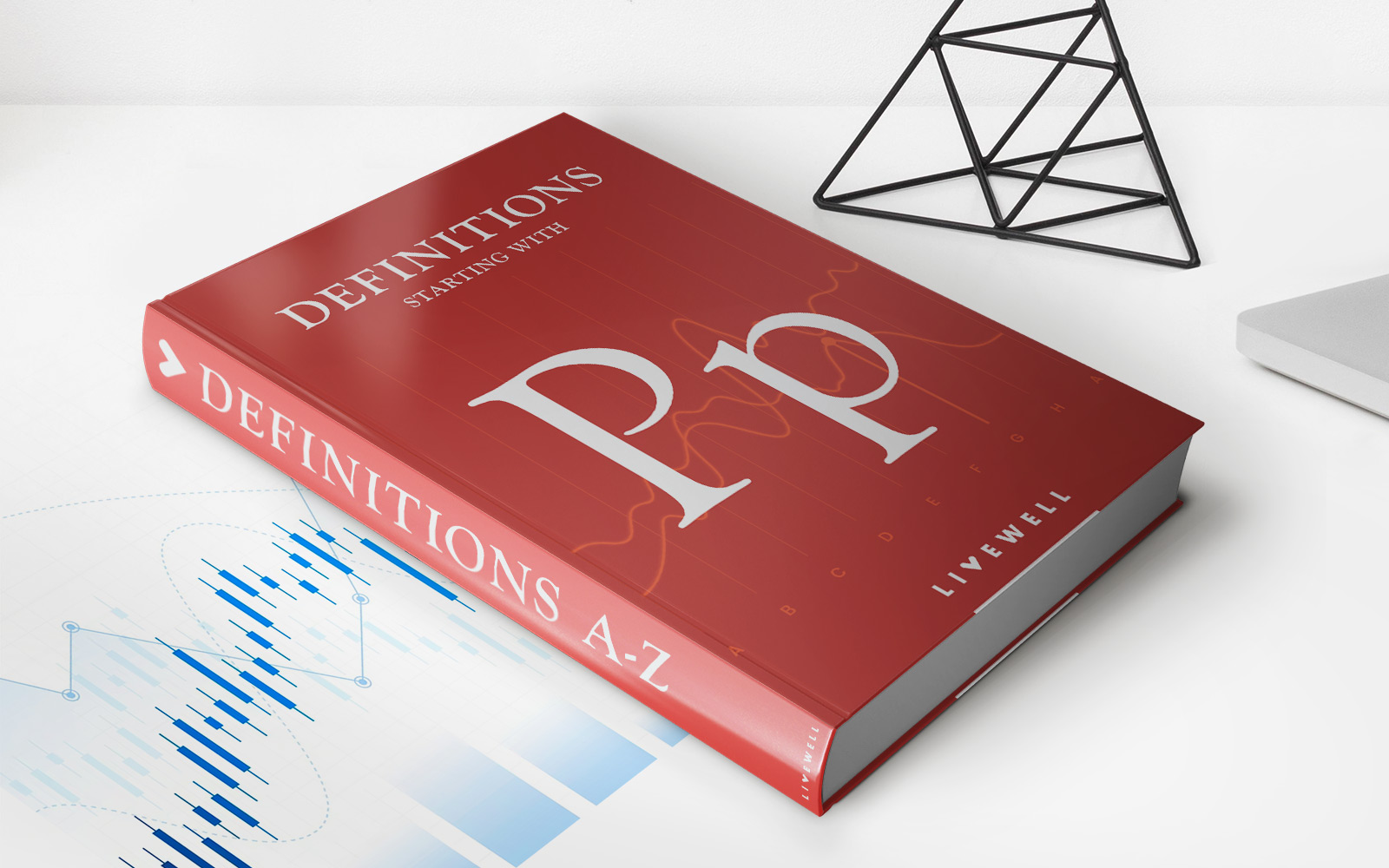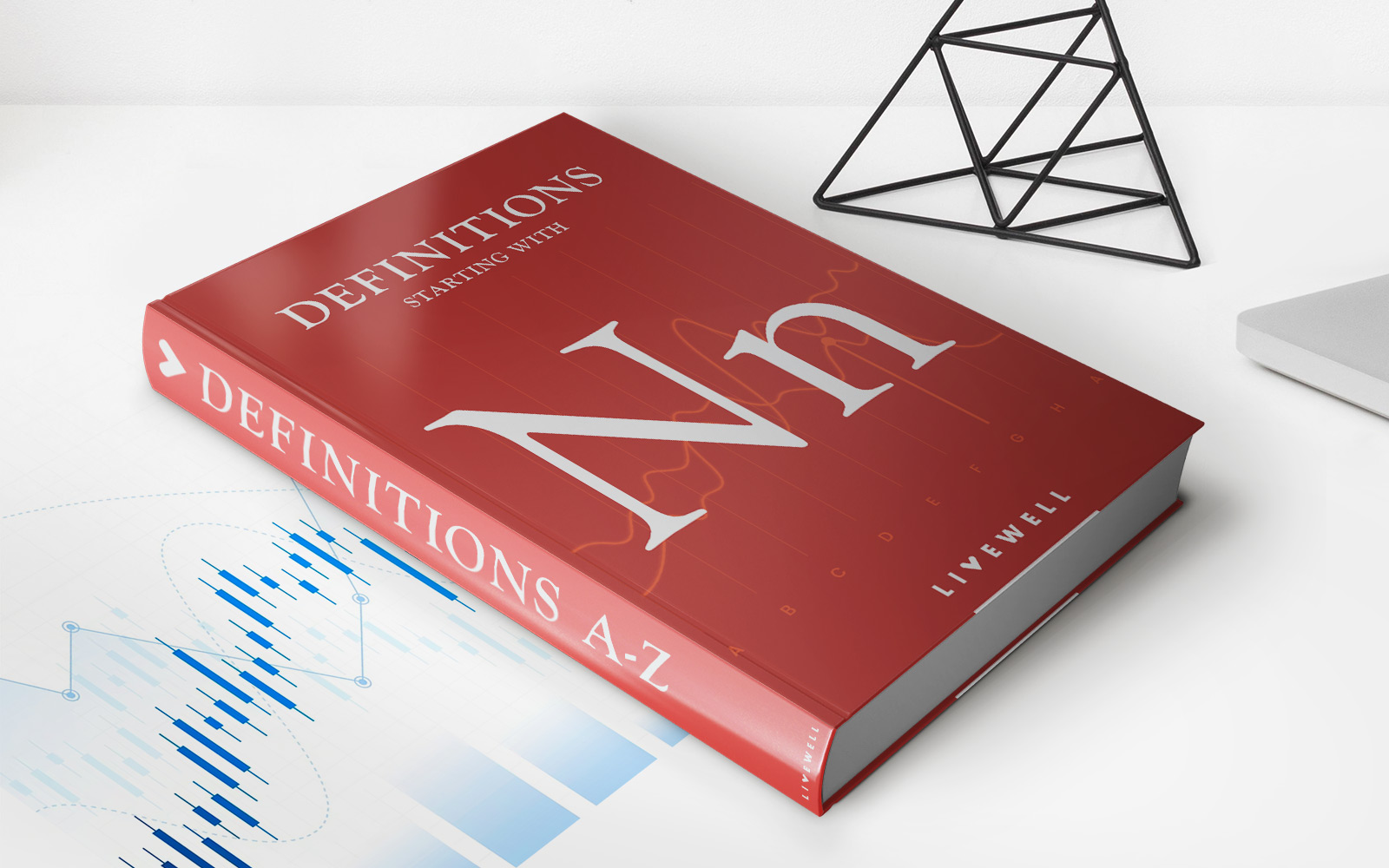Home>Finance>Distribution Management: Definition, How It Works, And Advantages


Finance
Distribution Management: Definition, How It Works, And Advantages
Published: November 12, 2023
Learn the definition of distribution management in finance, how it works, and explore its numerous advantages. Enhance your understanding of this crucial aspect of financial management.
(Many of the links in this article redirect to a specific reviewed product. Your purchase of these products through affiliate links helps to generate commission for LiveWell, at no extra cost. Learn more)
Distribution Management: Definition, How It Works, and Advantages
When it comes to running a successful business, managing its distribution efficiently is crucial, especially in the fast-paced world of finance. Distribution management is the process of overseeing the movement of goods and services from the manufacturer to the end consumer. But what exactly does this entail? How does distribution management work, and what advantages does it offer? In this blog post, we will explore the answers to these questions and shed light on the importance of effective distribution management.
Key Takeaways:
- Distribution management ensures the smooth flow of products or services from the point of origin to the final destination.
- Proper distribution management can improve customer satisfaction, reduce costs, and enhance overall business efficiency.
How Distribution Management Works
At its core, distribution management involves various activities aimed at optimizing the supply chain and ensuring timely order fulfillment. Let’s take a closer look at how this process works:
- Inventory Management: Keeping track of inventory levels and ensuring the availability of products or services when needed. This involves forecasting demand, maintaining safety stock, and implementing efficient warehousing practices.
- Order Processing: Efficiently processing incoming orders and coordinating their fulfillment through proper inventory management. This includes order validation, picking, packing, and shipping.
- Transportation Management: Selecting the most suitable mode of transportation and managing the logistics required to move products or services from one location to another. This involves optimizing routes, minimizing transportation costs, and maintaining on-time deliveries.
- Warehouse Management: Overseeing the operations within the warehouse, including storage, handling, and tracking of goods. This includes managing space utilization, implementing efficient picking strategies, and monitoring inventory accuracy.
- Channel Management: Managing the relationships with distribution channel partners, such as wholesalers, retailers, and e-commerce platforms. This involves establishing effective communication, ensuring proper product placement, and monitoring channel performance.
The Advantages of Effective Distribution Management
Implementing effective distribution management strategies can bring several benefits to a business. Here are some advantages:
- Enhanced Customer Satisfaction: By ensuring faster order fulfillment and reliable delivery, distribution management can greatly improve customer satisfaction. Satisfied customers are more likely to become repeat customers and recommend your business to others.
- Cost Reduction: Proper distribution management enables businesses to optimize their supply chain, resulting in reduced costs. From efficient inventory management to optimized transportation routes, cost savings can be achieved at various stages of the distribution process.
- Improved Business Efficiency: Streamlined distribution management processes lead to enhanced operational efficiency. By eliminating inefficiencies and bottlenecks, businesses can reduce processing time, minimize errors, and improve overall productivity.
- Market Expansion: Effective distribution management allows businesses to reach new markets and expand their customer base. With well-managed logistics and distribution channels, companies can penetrate new geographic areas and seize growth opportunities.
In conclusion, distribution management plays a crucial role in ensuring the smooth flow of goods and services from manufacturers to end consumers. By implementing effective strategies and leveraging modern technologies, businesses can reap numerous advantages, including enhanced customer satisfaction, cost reduction, improved efficiency, and market expansion. To stay ahead in the competitive finance industry, it’s vital for businesses to prioritize and invest in efficient distribution management practices.














